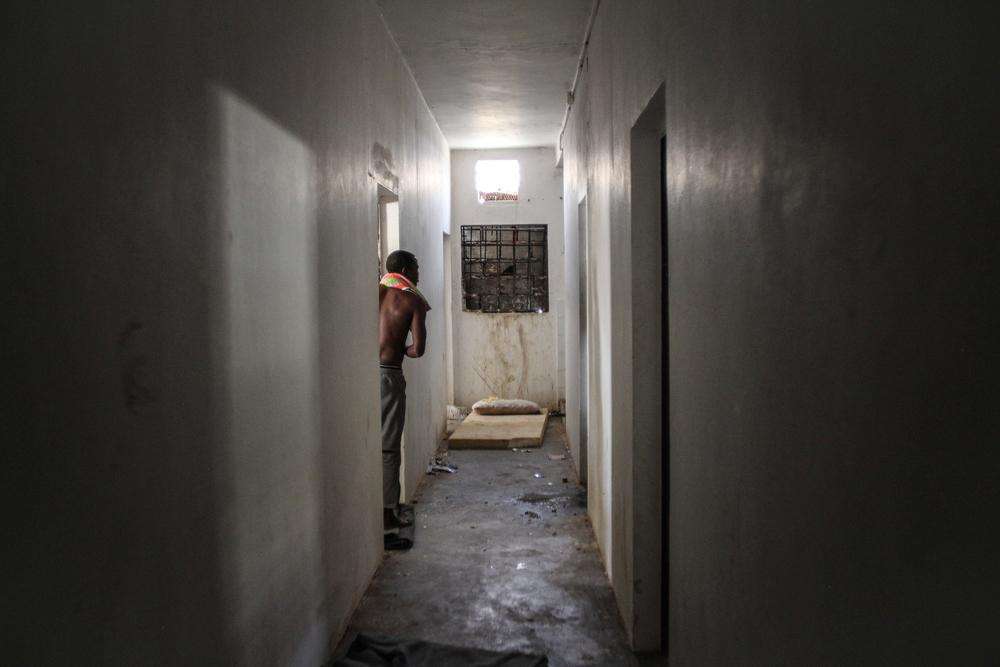Between 5,000 and 6,000 refugees and migrants are being arbitrarily held in deplorable conditions in Libyan detention centers, despite repeated calls by Doctors Without Borders/Médecins Sans Frontières (MSF) for their protection and evacuation. A surge in conflict in and around Tripoli between the United Nations-backed Libyan Government of National Accord (GNA) and the Libyan National Army (LNA) since early April has only made their situation more perilous. The detention centers are nominally under the authority of the GNA Ministry of Interior, based in Tripoli.
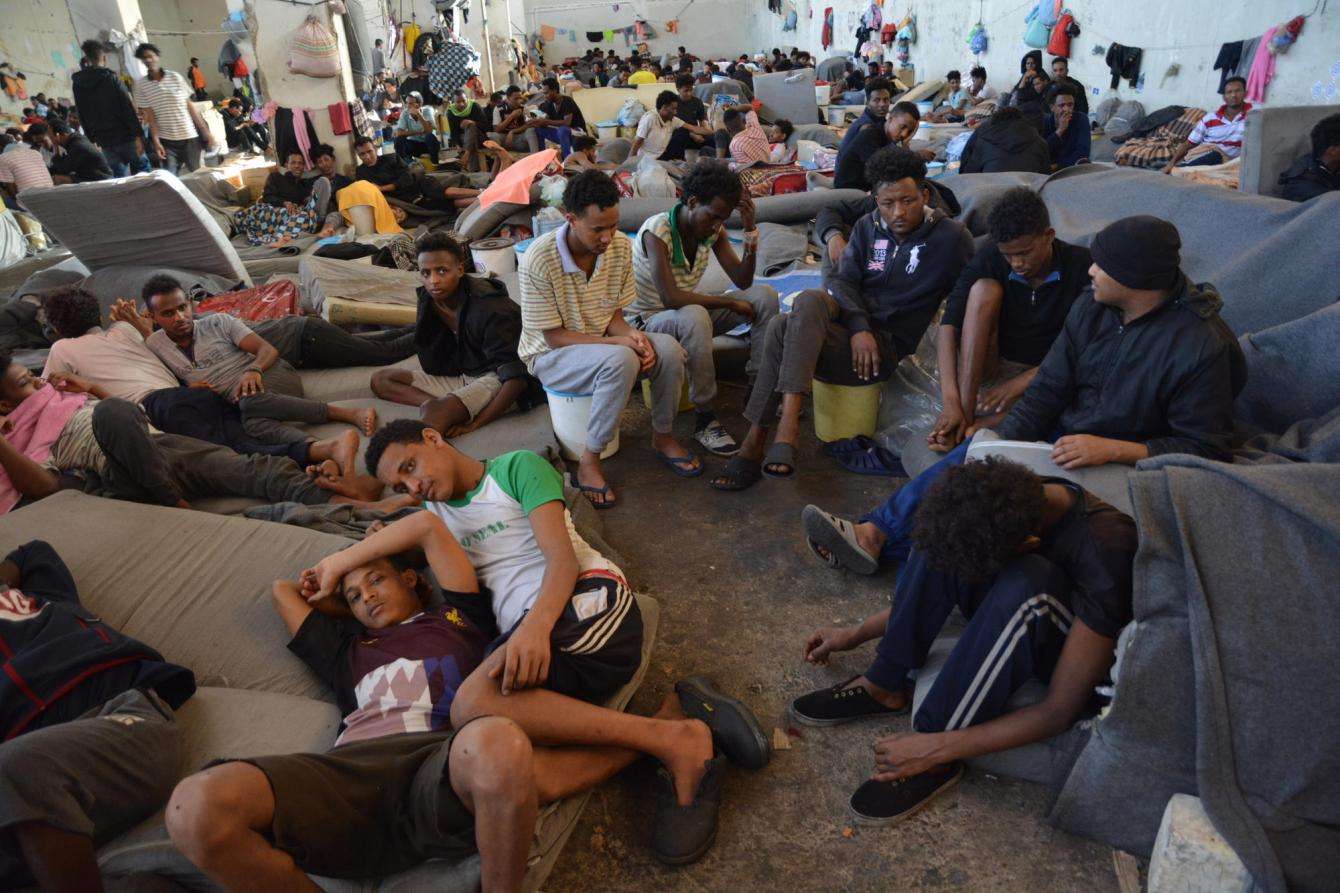
Those farther from the front lines don’t fare much better. Away from the fighting, hundreds more are locked up indefinitely in harmful detention conditions, exposed to abuse and driven to desperation. South of Tripoli in the Nafusa mountains, people in need of international protection and registered as asylum seekers or refugees with the United Nations refugee agency (UNHCR) have been languishing in detention for months or years with virtually no assistance.
From September 2018 to May 2019, at least 22 people died in in the Zintan and Gharyan detention centers, mostly from tuberculosis. Among the dead were young men, women, and an eight-year-old child.
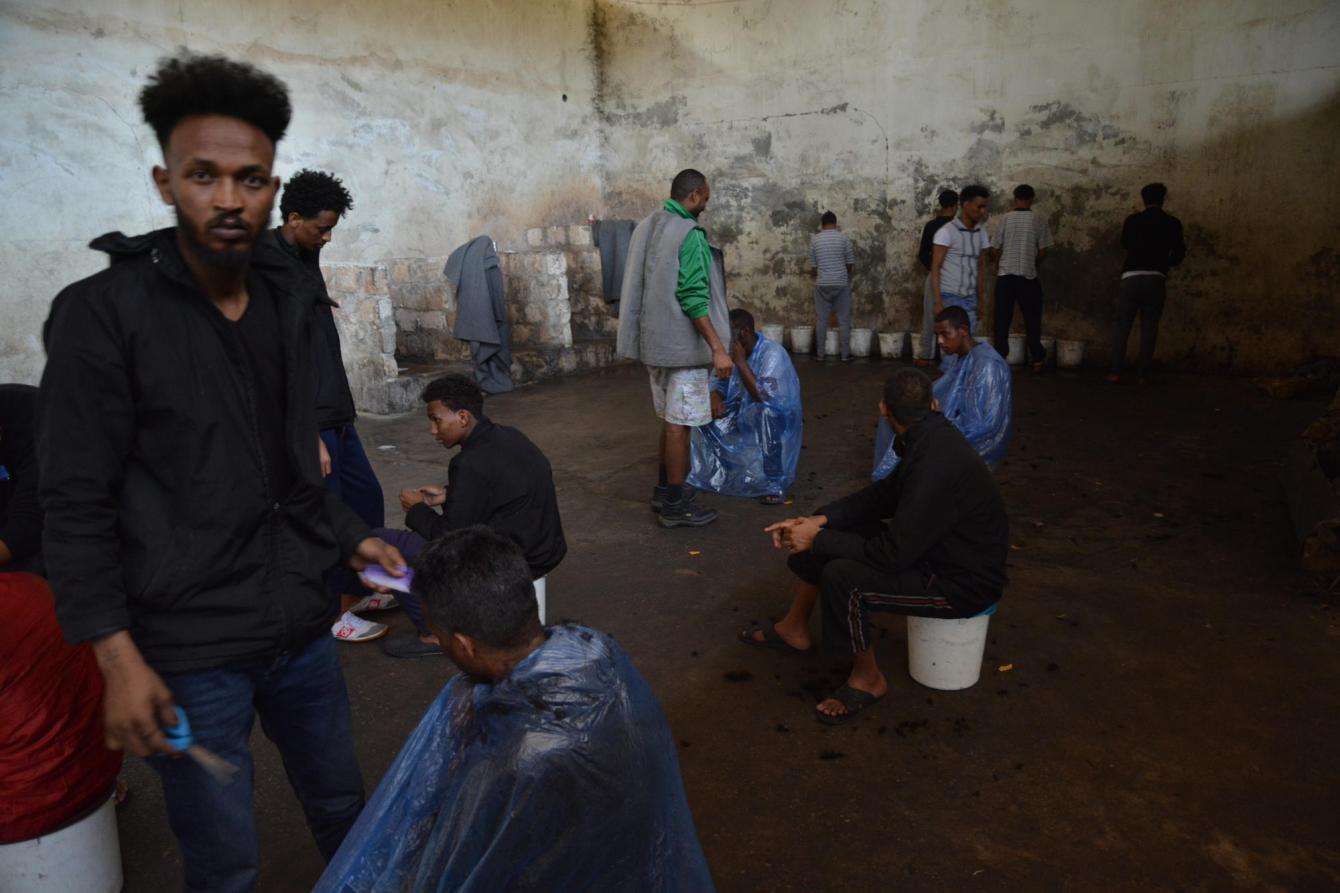
In Zintan, some 700 people were locked in an overcrowded agricultural warehouse and 200 more were detained in a series of smaller buildings. Sanitation conditions in the main building were appalling. Detainees were locked inside with just four barely functioning toilets, no showers, and only sporadic access to water, which was not suitable for drinking.
A tuberculosis outbreak has likely been raging in the Zintan facility for months.

The main warehouse was emptied in June, and the detainees were distributed among the other buildings within the compound. Some now sleep in rooms of around 160 square feet with up to 20 other people.

Earlier this year, around 50 detainees in the poorest health were transferred from Zintan to Gharyan detention center, which became a heavily militarized area when the LNA took control of it during its offensive on Tripoli in April. In the absence of guards, detention center management reportedly provided them with nothing but a chain and padlock to protect themselves against incursions by armed men.
On June 26, 29 people were still in Gharyan detention center when GNA forces recaptured the town after heavy fighting that included air strikes. Detainees were terrified for their lives, with nowhere to go during battle. A week later, they were all relocated to Tripoli, where eight were referred for hospital treatment by MSF and 21 were transferred to a shelter program run by other nongovernmental organizations.
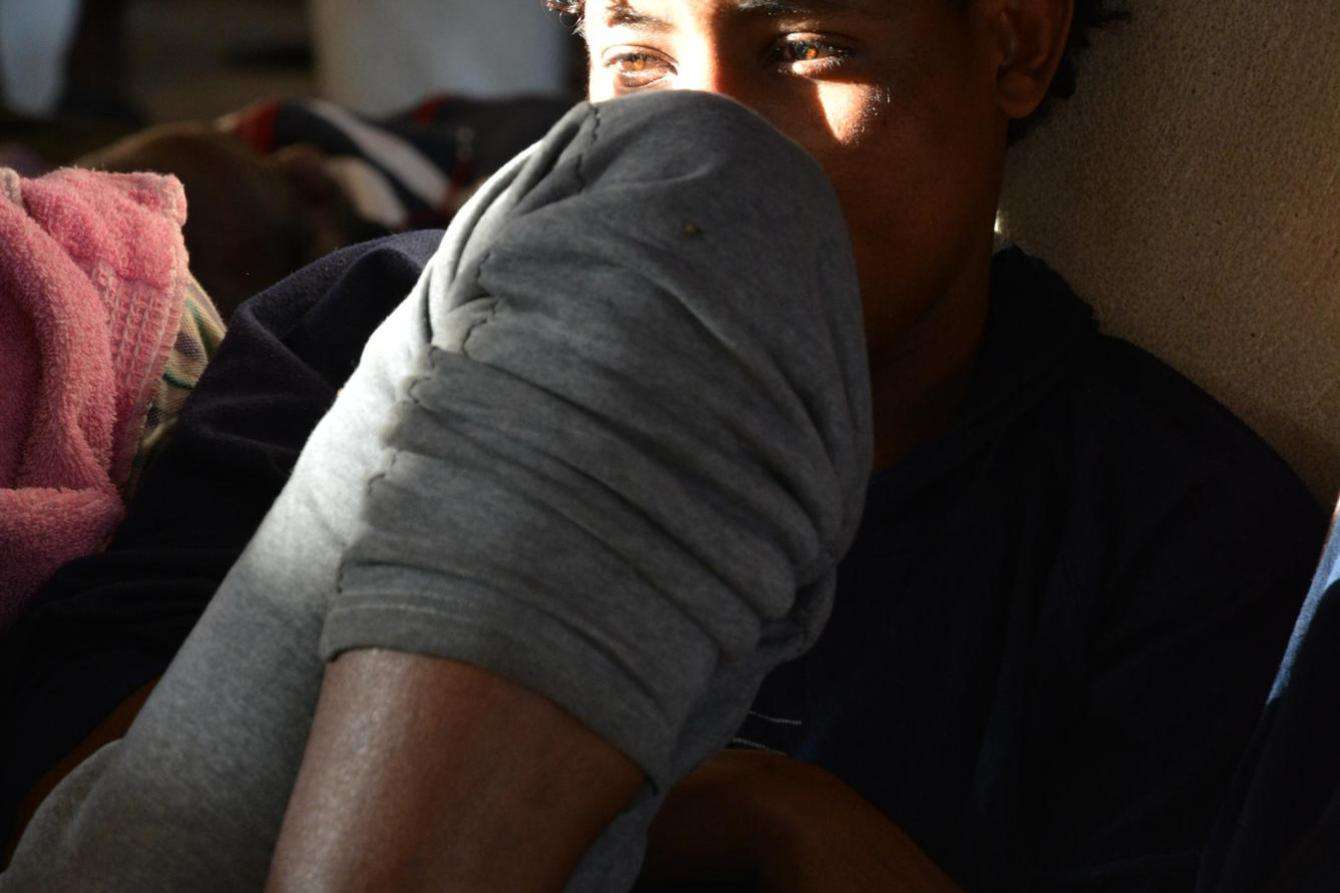
Most of the people detained in Zintan fled persecution and violence in Eritrea and Somalia. Some have been stranded in the detention center since March 2017. The most recent arrivals were brought to the center in May 2019 after being arrested at a checkpoint. But the majority were transferred to Zintan from various Tripoli detention centers in September 2018 after fighting broke out in the capital.
During recent fighting episodes in Tripoli, some refugees and migrants reportedly refused such transfers, rightly fearing they would be forgotten in Zintan, out of sight and with little or no access to medical care.
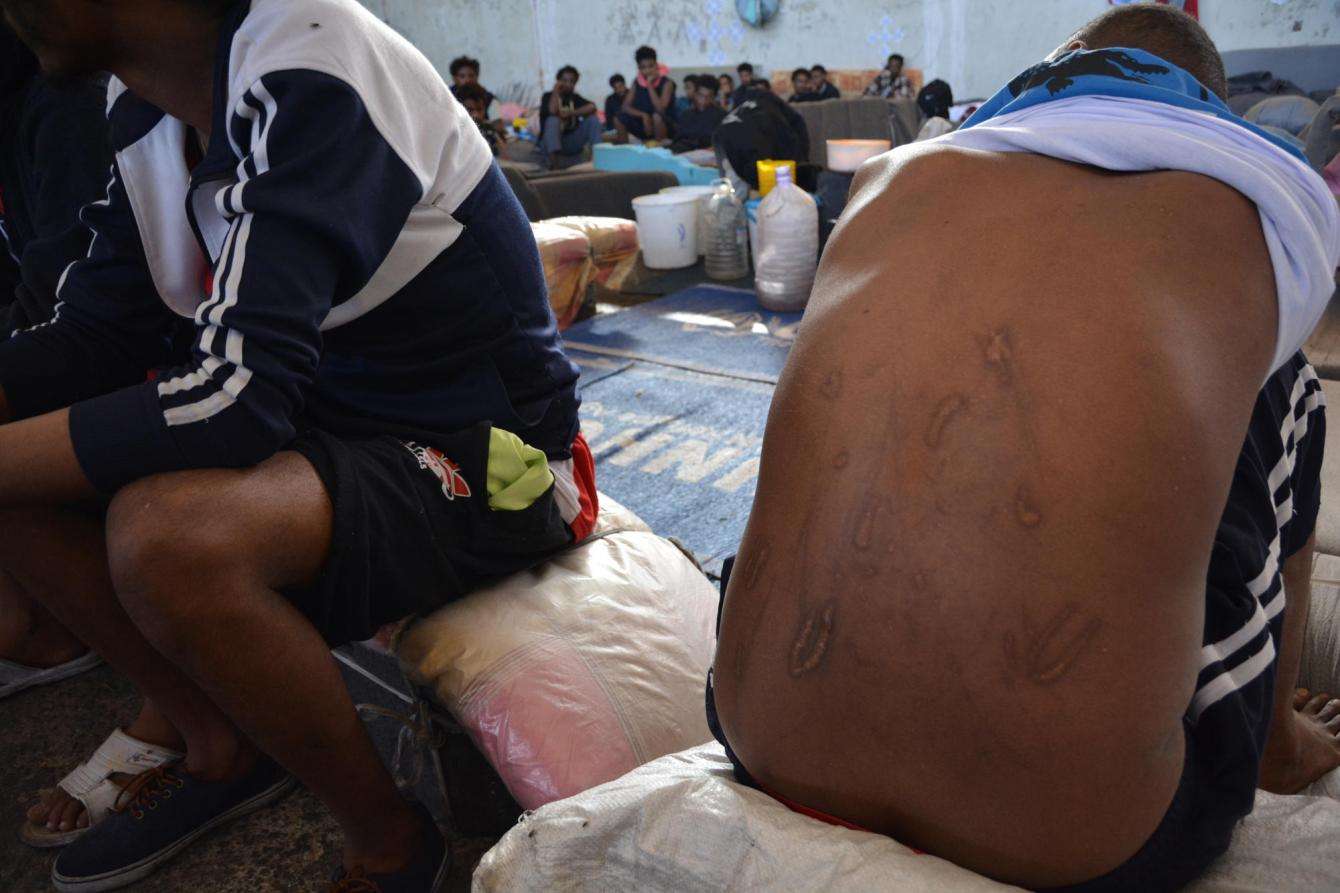
Most have already been through horrific experiences in Libya. Many had been kidnapped by human traffickers and subjected to rape and torture. Without access to care, they still suffer the physical and psychological consequences.
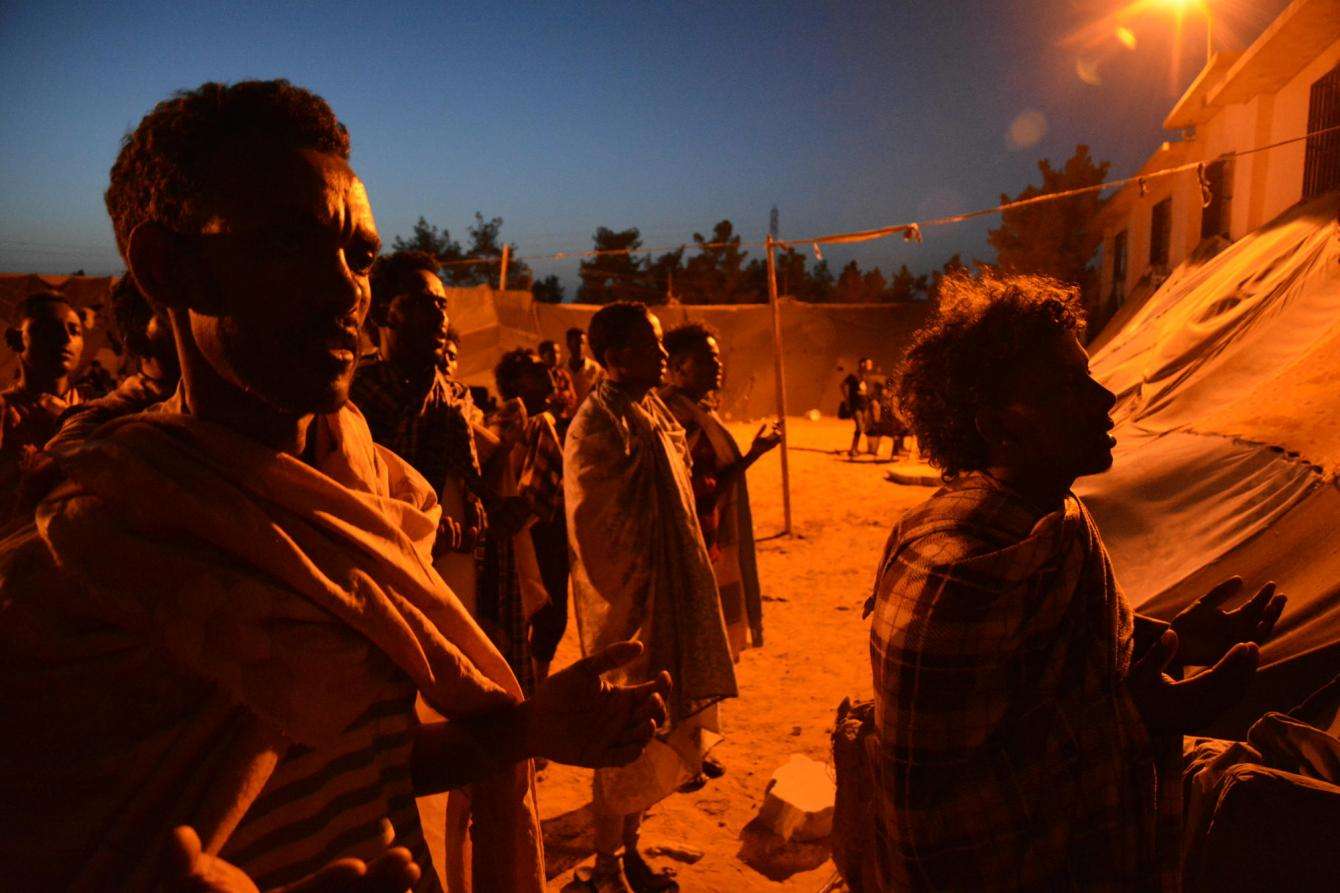
Rather than being given a way out and the protection to which they are entitled, these refugees are condemned to an indefinite cycle of violence and detention.
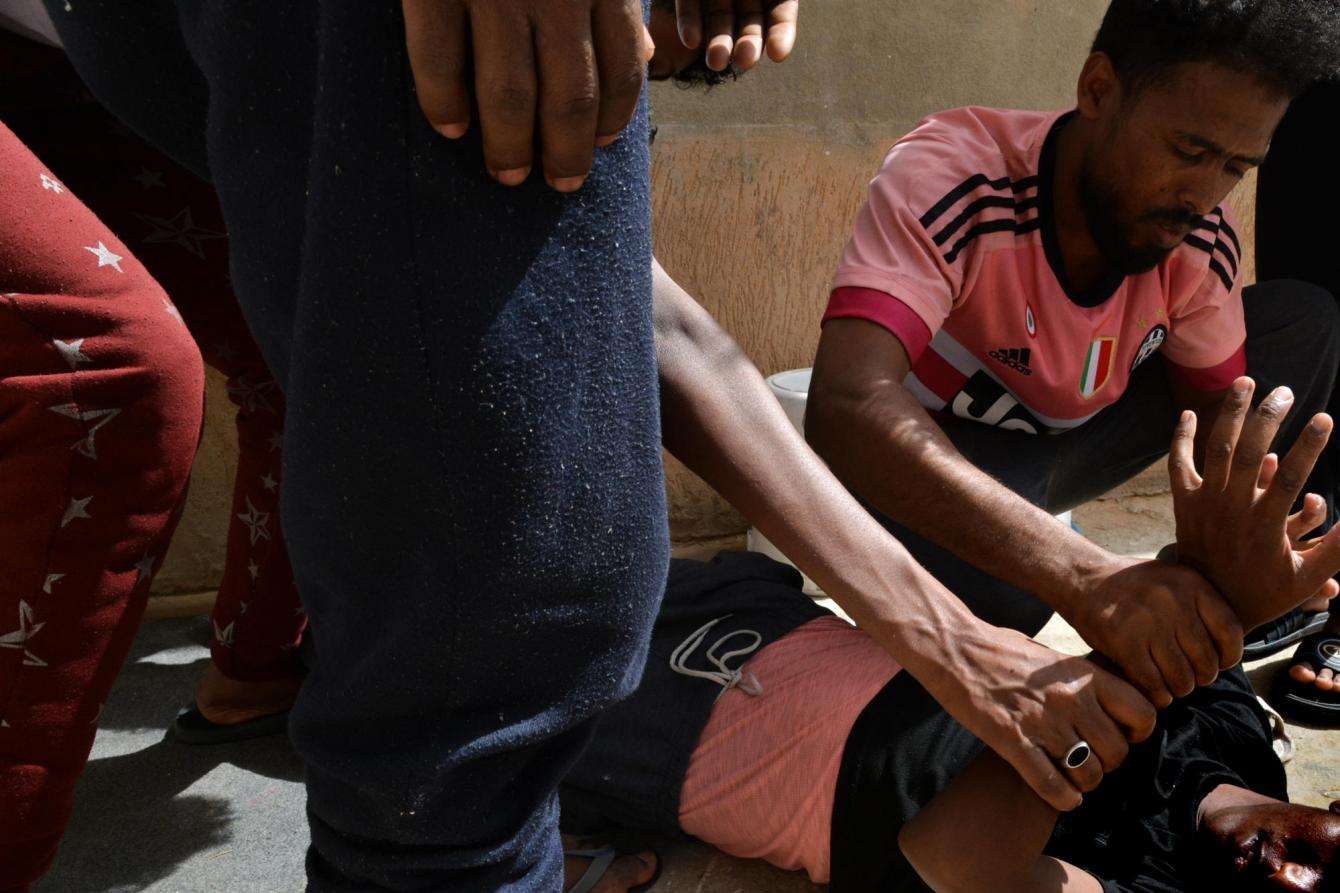
The levels of trauma and desperation, exacerbated by indefinite detention, are so overwhelming that several suicide attempts have been reported. Detainees frequently have to restrain cellmates in distress to stop them from harming themselves or others.
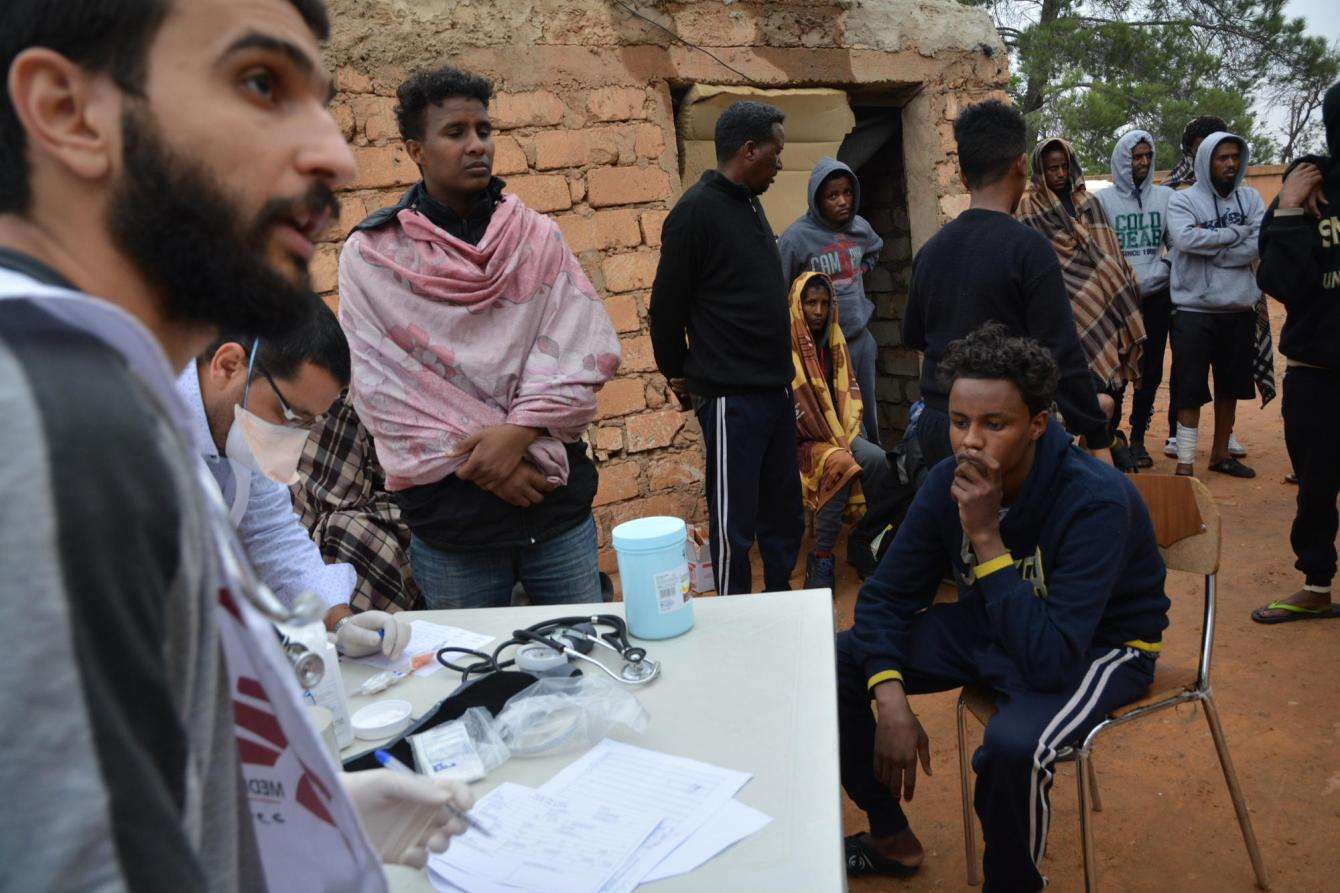
MSF teams have been providing medical consultations to the detainees and arranging referrals to hospitals since late May 2019. Four referrals were arranged and more than 120 consultations were conducted during the first week of July. But with calls for the protection of refugees and asylum seekers going unanswered—and with no end to their arbitrary detention in sight—the care our teams can provide is woefully limited.

Nutrition is also a problem in the detention centers. Most of the meals provided consist of bread and pasta, which make for a very poor long-term diet, especially for people with medical conditions. The spread of tuberculosis within the detention centers also contributes to a vicious cycle of poor nutrition. Tuberculosis can cause malnutrition, which in turn increases the risk of contracting the respiratory disease.
In response, MSF teams have conducted several food distributions to supplement detainees’ diets with tuna, sardines, dates, and juices. We have also distributed powdered infant milk and hygiene items.
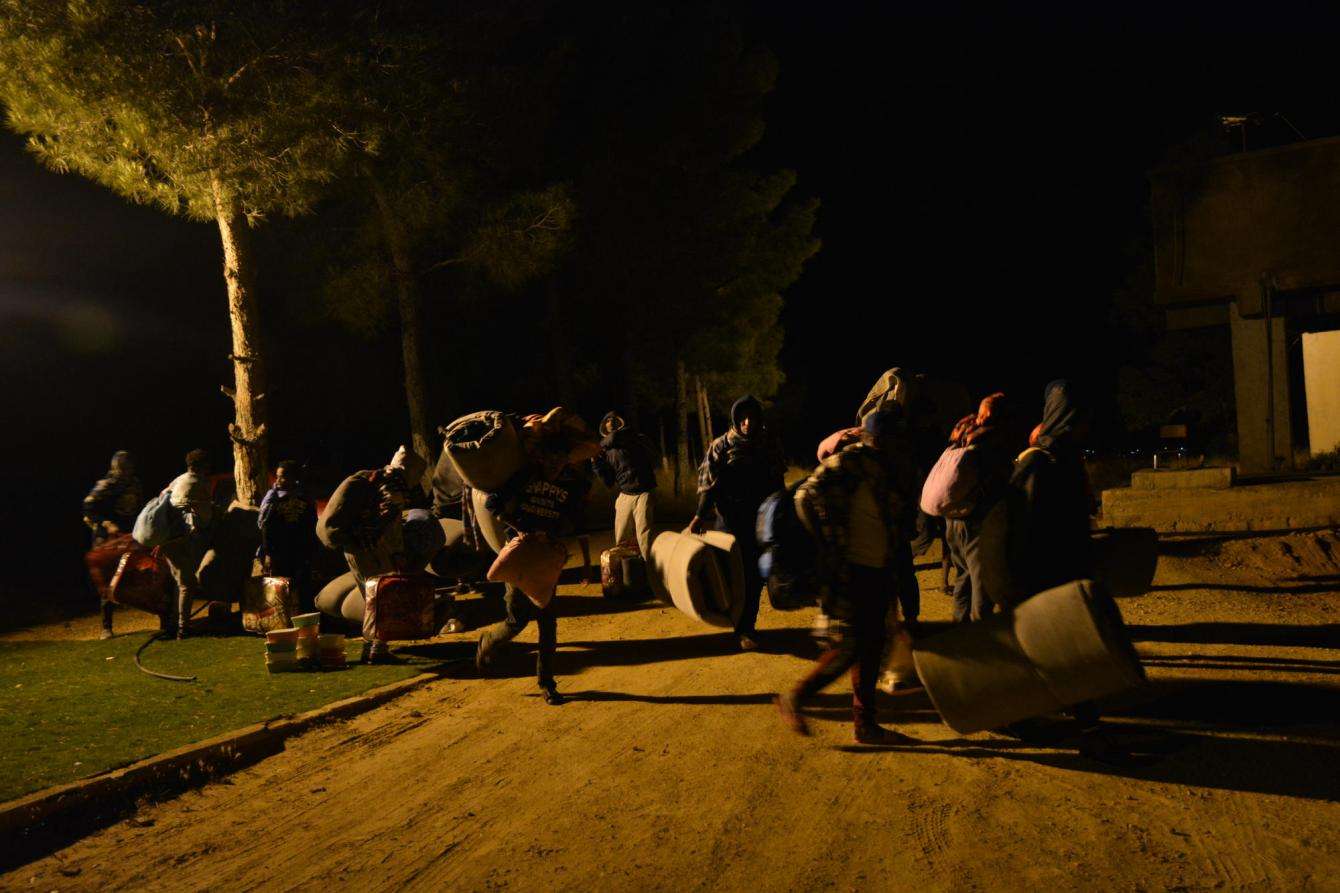
On June 3, UNHCR relocated 96 people from Zintan detention center to a UNHCR-run facility in Tripoli where they will await evacuation from Libya. Currently, 585 people remain trapped in Zintan.
Evacuations and resettlements of refugees and asylum seekers from Libya must be urgently scaled up. For many people trapped in detention centers, it is matter of life and death.

